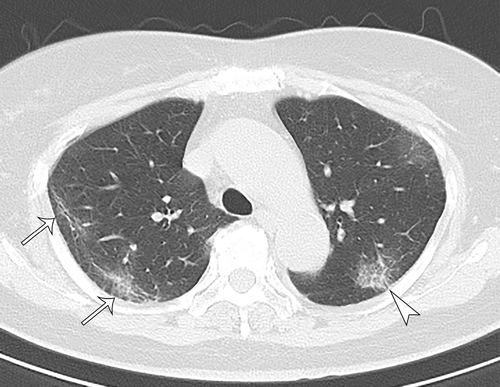
In the last couple of days, new data has been released from the Diamond Princess cruise ship that got into trouble in Japan and I'm afraid the data has reason for concern.
Let's get into it shall we.
73% of the sampled cases were apparently asymptomatic, and yet 79% of that subset of cases had ground-glass opacities (signature lung lesions of COVID and a few other pulmonary disease) upon CT.
These lesions can cause significant lung damage and most crucially, some of which are likely irrecoverable. Pulmonary fibrosis was a well-documented effect of SARS-CoV-1 also, which studies illustrate got somewhat better immediately post infection, and then typically plateaued, with a permanent and significant reduction in lung function and ability to exert oneself physically.

A couple of links discussing this :
Mental Morbidities and Chronic Fatigue in Severe Acute Respiratory Syndrome Survivors
Although asymptomatic (or pre-symptomatic) cases usually aren't quite so heavily affected, any potential for disability is naturally disconcerting.
This is further evidence of the insidious nature of this virus — that it can eat away at one without one even necessarily noticing for a long time. It corroborates the very odd reports from clinicians about people literally walking into hospital for treatment with blood oxygen levels of 50% when they would typically be expected to be unconscious or even comatose at that level.
Such patients have a high heart rate (tachycardia), which seems to compensate for a lack of oxygen for a while, masking the symptoms, especially if those patients are mostly sitting around the house and not doing anything aerobic.
This hypoxic signature underlines the importance of getting access to a matchbox-sized non-invasive pulse oximeter device (which were <$20 but now more expensive) that analyses heart rate and blood oxygen for a crucial early warning spot check for an infection one might otherwise have no idea one has contracted.